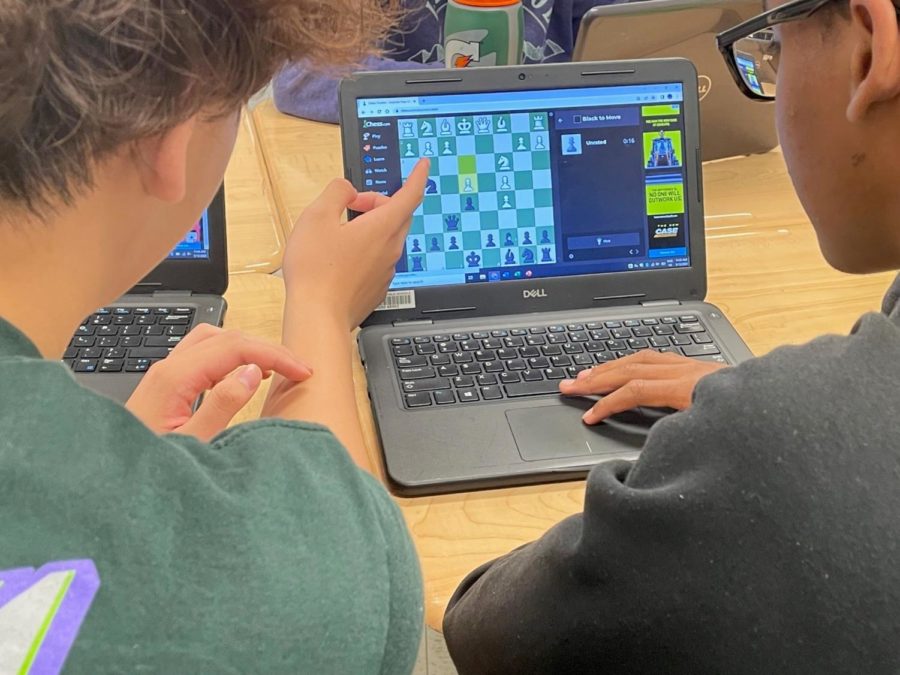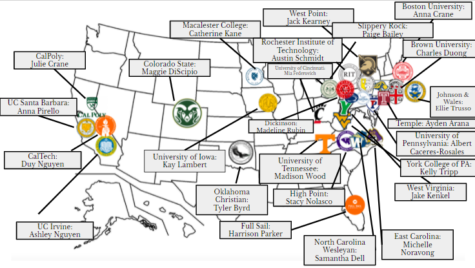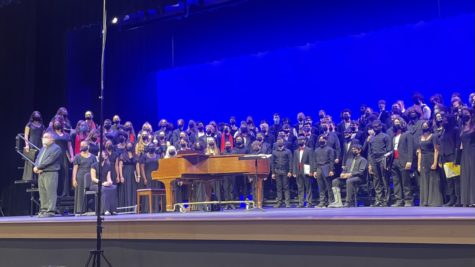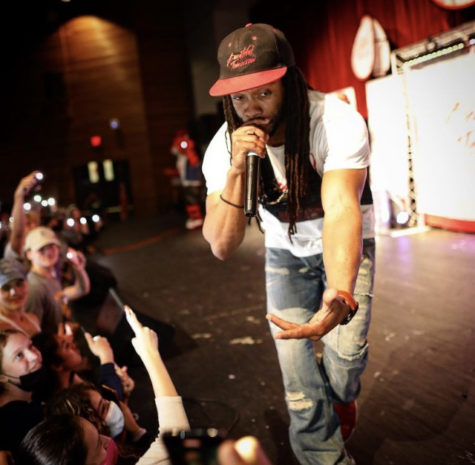How Various Cultures Give Thanks Around the World
December 7, 2016
What comes to mind when you
hear the word “Thanksgiving”? Here in the
United States, many words would surely be
thought of: Plymouth, Pilgrims, Indians,
Columbus, and Autumn– and, of course,
the food: turkey, pie, stuffing, and cranberry
sauce! Thanksgiving itself is a North American
form of a celebration of thanks. Many
countries across the globe also observe such
values, but in their own unique cultural
forms and styles. Here are just a few ways
people give thanks around the world.
Tết Nguyên Đán, also known simply
as Tết or Vietnamese New Year, is a major
celebration commemorating the arrival of
Spring based on the Vietnamese calendar.
On the Gregorian Calendar, it usually falls
between late January and early February.
Similar to Thanksgiving, Vietnamese people
prepare special holiday foods and visit
friends and family. Tết is widely regarded
as the most important celebration in Vietnam.
Anh Ha (11) shared his knowledge of
Tết with The Jagwire: “Red is the key color.
The older people give money to the younger
generation, in return for thanks.” When Anh was asked what came to mind when he thought
of Tết, he said, “The food and the family¬— you
hang out. Food and festivities.”
Not all countries have widely-recognized
specific celebrations of thanks, which allows for
a wide variety of foreign influences to come into
play. Bolivia is one of them. The Jagwire asked
Naomi Antezana (11) and Sandra Roda (12)
about their experiences with what Bolivians
would call “Dia de Acción de Gracias.” When
Thanksgiving time rolls around, Naomi thinks
about “family coming over; [like] uncles, aunts,
third cousins!” Sandra makes it a tradition to
“buy pumpkin bread and pie.” They both agreed
that Thanksgiving is certainly an influence on
their Bolivian festivities. Sandra also highlight- ed that more and more American culture is becoming
popular in Bolivia: “They just started doing Halloween
over there.”
Celebrated on the other side of the globe, Diwali
is an Indian holiday that commemorates the victory of
the forces of good over evil in an epic mix of fireworks
and family bonding. Diwali’s main festivities take place
during a night between mid-October to mid-November.
Ved Verma (10) explained to The Jagwire: “It’s considered
the Festival of Lights because of the fireworks.”
Similar to many other of the aforementioned holidays,
Ved explained the core joys of Diwali: “I love to meet
my cousins, aunts, and uncles, and have some time to
light fireworks throughout the night.” His favorite parts
of the joy-filled holiday include the “thrill of fireworks”
and “watching [his] family bond.”













